
The Sagrada Familia, an iconic basilica located in Barcelona, is a testament to the visionary genius of architect Antoni Gaudí. Its intricate designs and towering spires reflect a unique blend of Gothic and Art Nouveau styles, captivating visitors from around the world.
In exploring The Fascinating History of Sagrada Familia: A Marvelous Architectural Masterpiece, we uncover not only the architectural innovations that define this extraordinary structure but also the cultural and historical significance that has shaped its ongoing construction since 1882. Each stone tells a story, making it a symbol of perseverance and artistic ambition.
The Architectural Significance of Sagrada Familia in Modern Design
The Sagrada Familia stands as a remarkable example of how architectural design can transcend traditional boundaries, influencing modern architecture significantly. Its use of organic forms and natural light creates an immersive space that reflects the surrounding environment. This innovative approach has inspired contemporary architects to incorporate elements of biophilic design into their works, fostering harmony between structures and nature.
Furthermore, Gaudí's unique structural techniques, such as the use of hyperboloid vaults and catenary arches, have paved the way for new engineering possibilities. These methods emphasize not only aesthetics but also functionality, allowing for larger open spaces without compromising stability. As a result, many modern buildings now utilize similar principles to achieve sustainable architecture.
Additionally, the Sagrada Familia's intricate façade and detailed sculptures serve as a reminder of the importance of craftsmanship in architecture. In an age of rapid digital construction and mass production, Gaudí's emphasis on artisanal techniques has sparked a revival of interest in handcrafted design, encouraging architects to integrate bespoke elements into their projects.
In conclusion, the architectural significance of the Sagrada Familia extends far beyond its physical presence; it serves as a beacon of inspiration for modern design. By examining its innovative structures and artistic details, we can appreciate how this masterpiece continues to shape the trajectory of contemporary architecture. Notably, the fusion of traditional and avant-garde styles within its design challenges architects to rethink their approach towards innovation and sustainability.
Exploring the Unique Features of Sagrada Familia's Design
One of the most striking features of the Sagrada Familia is its facade design, which is divided into three monumental facades: the Nativity, the Passion, and the Glory. Each facade tells a distinct story through intricate sculptures and carvings, representing different phases of Christ's life. This narrative approach not only enhances its spiritual significance but also serves as a visual guide for visitors seeking to understand the themes of Christianity interwoven into the architecture.
Moreover, Gaudí's use of light plays a pivotal role in the interior design of the basilica. He meticulously designed the stained glass windows to filter sunlight, casting vibrant colors throughout the space. This technique not only beautifies the interior but also creates a dynamic atmosphere that changes throughout the day, enhancing the emotional experience for visitors as they move through the sacred space.
Additionally, the Sagrada Familia features remarkable column designs that mimic tree trunks, branching out to support the ceiling. This organic approach not only reinforces the structure's stability but also immerses visitors in a natural environment, blurring the lines between architecture and nature. Such innovative techniques have inspired modern architects to explore the integration of organic forms in their designs.
Lastly, the basilica incorporates an array of geometric shapes and forms, showcasing Gaudí's deep understanding of geometry and its application in architecture. From hyperbolic paraboloids to spirals, the complex interplay of shapes creates a sense of harmony and balance. This mathematical precision not only serves structural purposes but also adds to the aesthetic brilliance of the Sagrada Familia, making it a true marvel of architectural ingenuity.
The Historical Influences Behind Sagrada Familia's Construction
The Sagrada Familia's construction was heavily influenced by various historical and cultural movements. The convergence of Gothic architecture and the emerging Art Nouveau style during the late 19th century provided a rich backdrop for Antoni Gaudí's visionary design. This fusion not only reflects the artistic ideals of the era but also embodies the spiritual aspirations of the time.
Key influences on the Sagrada Familia include:
- Gothic Revival: The revival of Gothic elements inspired Gaudí to integrate pointed arches and intricate detailing into his design.
- Naturalism: Gaudí's love for nature prompted the incorporation of organic forms and structures, mirroring the natural world.
- Symbolism: The use of religious symbolism throughout the basilica highlights the spiritual context of its construction.
- Craftsmanship: A deep appreciation for artisanal techniques ensured that each aspect of the Sagrada Familia was meticulously crafted, reflecting a dedication to quality.
Moreover, Gaudí's approach to architecture was also shaped by his personal experiences and beliefs. His passion for the Catholic faith deeply influenced the thematic elements of the basilica, as he sought to create a structure that would inspire awe and reverence. This connection between faith and architecture remains a defining characteristic of the Sagrada Familia.
In understanding the historical influences behind the Sagrada Familia, it is crucial to recognize the collaborative effort of artists, craftsmen, and visionaries who contributed to its ongoing construction. This collective endeavor mirrors the broader socio-political landscape of Spain during the late 19th and early 20th centuries, reflecting a nation grappling with modernization while striving to preserve its cultural heritage.
Sagrada Familia: A Testament to Antoni Gaudí's Vision
The Sagrada Familia stands as a testament to Antoni Gaudí's vision, encapsulating his unique approach to architecture that harmonizes with nature and spirituality. Gaudí believed that architecture should reflect the beauty of the natural world, a principle that is evident in the basilica's organic shapes and structures. The seamless integration of natural elements into the design serves not only aesthetic purposes but also evokes a profound emotional response from visitors, inviting them to connect with the sacred space.
One of the most remarkable aspects of Gaudí's vision is his innovative use of geometry in the Sagrada Familia. He employed complex forms such as hyperboloids and helicoids, which challenge conventional architectural norms. This mastery of geometry allows the basilica to achieve striking visual effects while maintaining structural integrity. The interplay of shapes within the structure not only enhances its beauty but also represents Gaudí's deep understanding of the mathematical principles that govern the natural world.
Furthermore, Gaudí's commitment to craftsmanship is evident in every detail of the Sagrada Familia. He collaborated with skilled artisans to ensure that each sculpture and element was meticulously crafted, reflecting a dedication to quality and artistry. This focus on handmade techniques serves as a reminder of the importance of traditional craftsmanship in a rapidly industrializing world, and it has inspired a renewed interest in bespoke architectural practices among contemporary architects.
Ultimately, the Sagrada Familia is more than just a building; it is a living testament to a visionary architect's passion and beliefs. Gaudí's innovative ideas and dedication to his craft continue to influence architects and designers today, making the basilica a symbol of artistic ambition and spiritual aspiration that transcends time and cultural boundaries.
Cultural Impact of Sagrada Familia on Barcelona's Identity
The Sagrada Familia has become an integral part of Barcelona's identity, embodying the city's rich cultural heritage and artistic legacy. As a UNESCO World Heritage Site, it attracts millions of visitors each year, fostering a sense of pride among locals. The basilica's unique architectural style not only defines the skyline of Barcelona but also serves as a symbol of the city’s commitment to preserving its artistic traditions while embracing modernity.
Moreover, the Sagrada Familia has greatly influenced local culture and community. It has become a focal point for various cultural events and celebrations, fostering unity among residents. The ongoing construction of the basilica serves as a reminder of the collaborative spirit of the people of Barcelona, as they contribute to a project that transcends generations. This shared endeavor enhances the sense of belonging and collective identity among its citizens.
Additionally, the Sagrada Familia has inspired a diverse range of artistic expressions, from literature to visual arts, resonating deeply within the creative scene of Barcelona. Artists and writers draw upon its breathtaking beauty and intricate details, ensuring that Gaudí's masterpiece remains a vital part of contemporary cultural narratives. This continuous inspiration reinforces the basilica's role not just as a tourist attraction, but as a living symbol of creativity and innovation.
In summary, the cultural impact of the Sagrada Familia on Barcelona's identity is profound. It symbolizes the city’s unique blend of tradition and modernity while fostering a strong sense of community and artistic inspiration. As the basilica progresses toward completion, it will undoubtedly continue to shape and reflect the evolving identity of Barcelona for generations to come.
Visitor Experience: What to Expect at Sagrada Familia
Visiting the Sagrada Familia is an unforgettable experience, where **architectural splendor** meets spiritual serenity. Upon arrival, visitors are greeted by the awe-inspiring facades, each telling its own story with intricate sculptures. The **Nativity Facade**, with its joyful depictions of Christ's birth, invites contemplation, while the **Passion Facade** starkly contrasts with its dramatic representation of Christ’s suffering. This rich narrative woven into the architecture enhances the visitor's understanding of the basilica's spiritual significance.
Inside, the Sagrada Familia truly comes alive with a magnificent play of **light and color**. As sunlight filters through the stunning stained glass windows, visitors can witness vibrant hues dancing across the interior, creating a serene atmosphere perfect for reflection. The innovative design of the columns, resembling **tree trunks**, further immerses visitors in a natural setting, blurring the line between constructed space and the beauty of the natural world. This unique environment fosters a deep emotional connection with the basilica.
To enhance the visitor experience, consider the following tips:
- Plan Ahead: Book tickets online in advance to avoid long queues.
- Guided Tours: Opt for a guided tour to gain deeper insights into Gaudí's vision and architectural techniques.
- Audio Guides: Utilize audio guides for a self-paced exploration of the basilica's intricate details.
- Timing: Visit early in the morning or late afternoon to enjoy less crowded spaces and softer lighting.
Additionally, visitor facilities are well-equipped to ensure a comfortable experience. There are cafes and gift shops where one can relax and purchase souvenirs. The **exhibition center** provides valuable context on the ongoing construction and Gaudí's life, enriching the overall understanding of this architectural masterpiece. As you prepare for your visit, embrace the opportunity to connect with both the **artistry** and **spirituality** that the Sagrada Familia embodies.
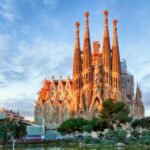 Sagrada Familia Facts: Unveiling the Enigmatic Masterpiece of Barcelona
Sagrada Familia Facts: Unveiling the Enigmatic Masterpiece of Barcelona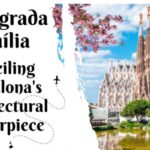 The Enchanting Saga of Sagrada Familia: Unveiling the Architectural Masterpiece
The Enchanting Saga of Sagrada Familia: Unveiling the Architectural Masterpiece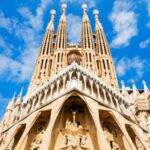 Where is Sagrada Familia Located in Barcelona: A Guide to Gaudi's Masterpiece
Where is Sagrada Familia Located in Barcelona: A Guide to Gaudi's MasterpieceIf you want to know other articles similar to The Fascinating History of Sagrada Familia: A Marvelous Architectural Masterpiece you can visit the category WHERE YOU CAN GO.
Leave a Reply

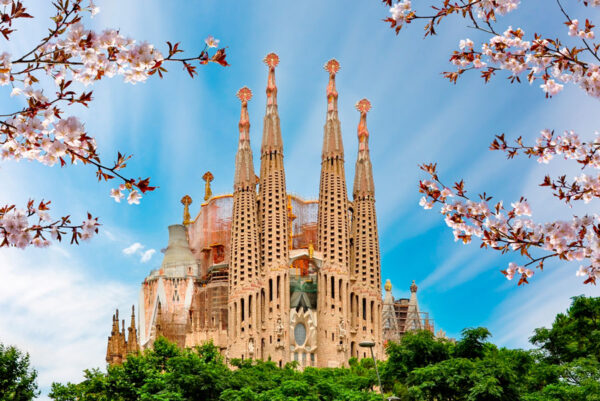
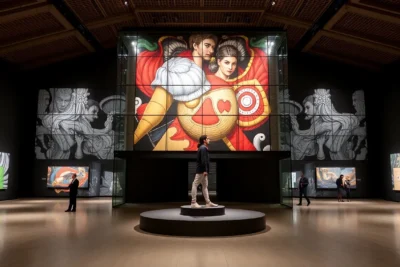
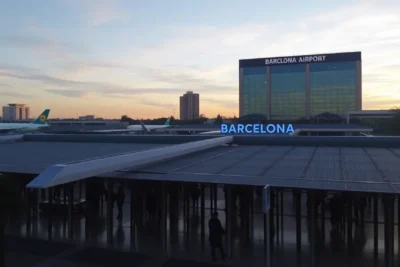
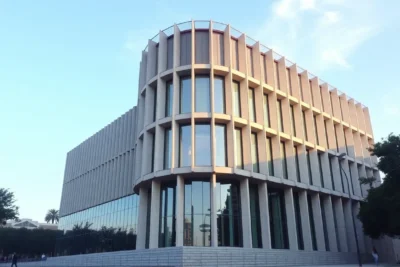
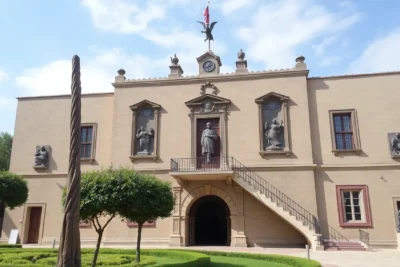
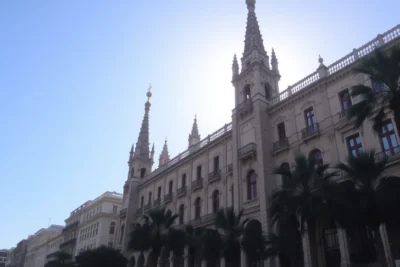
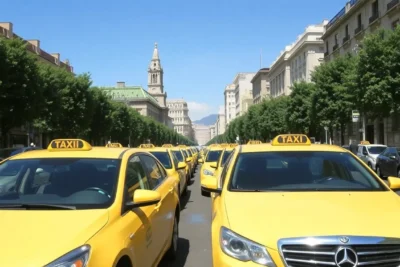
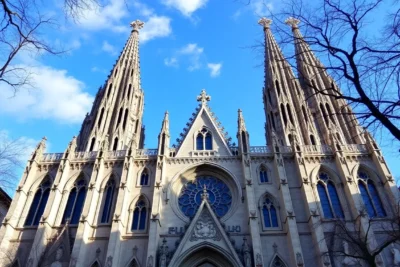
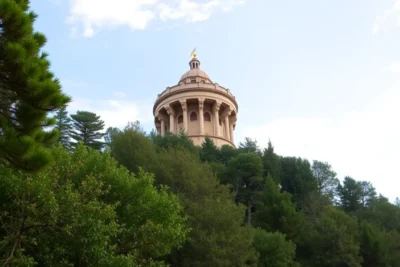
Read more!